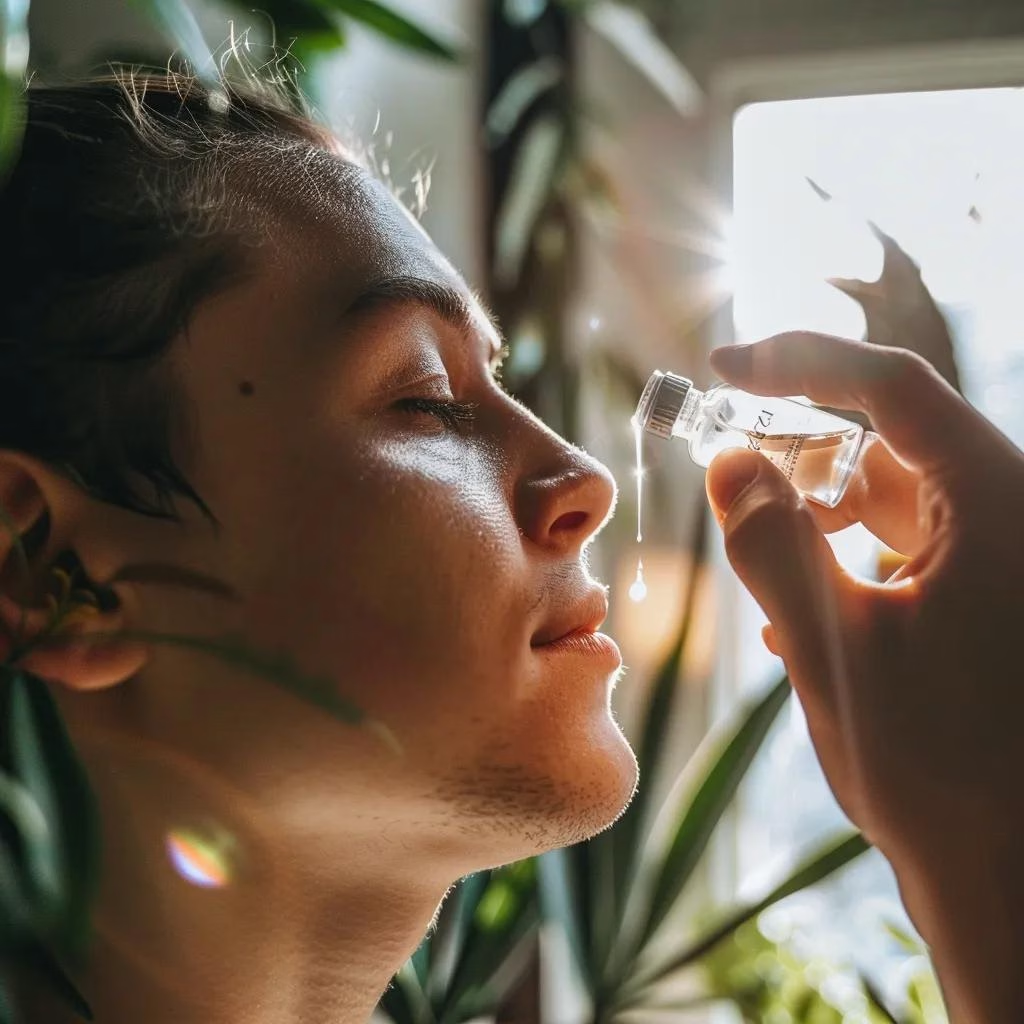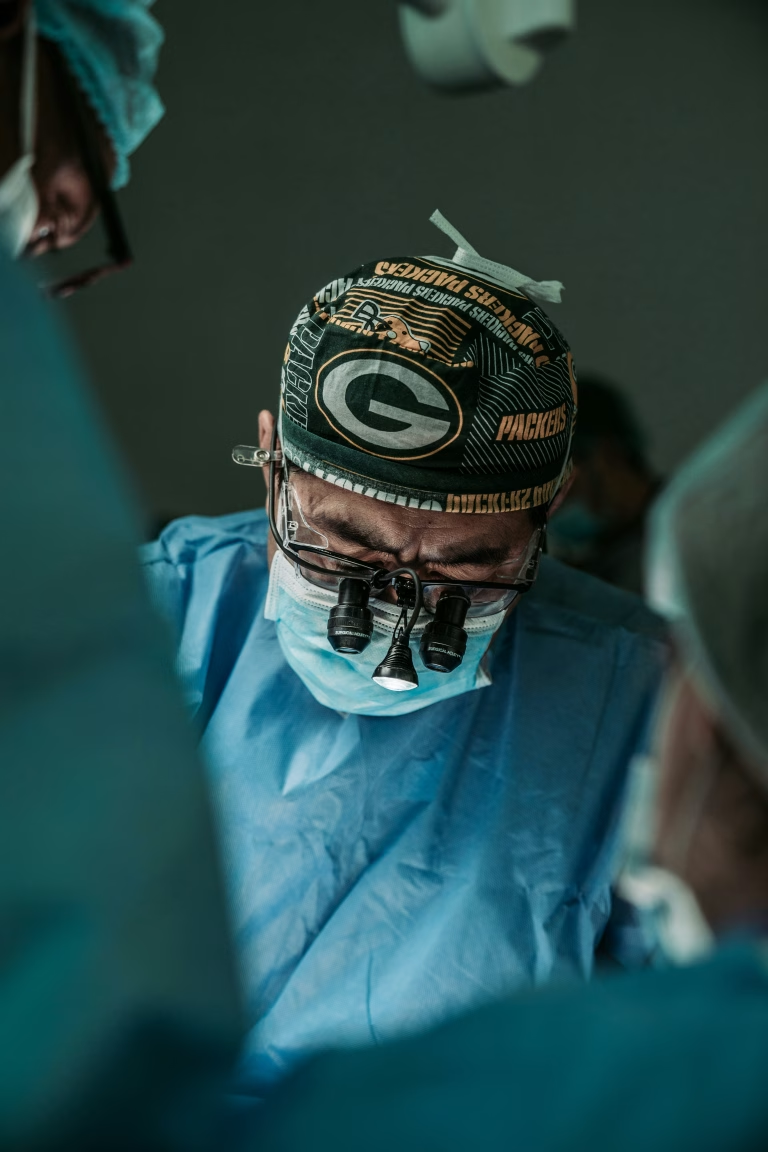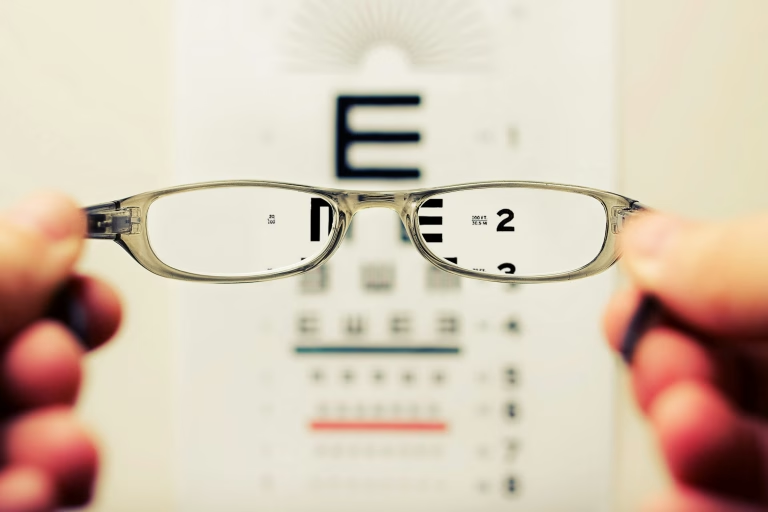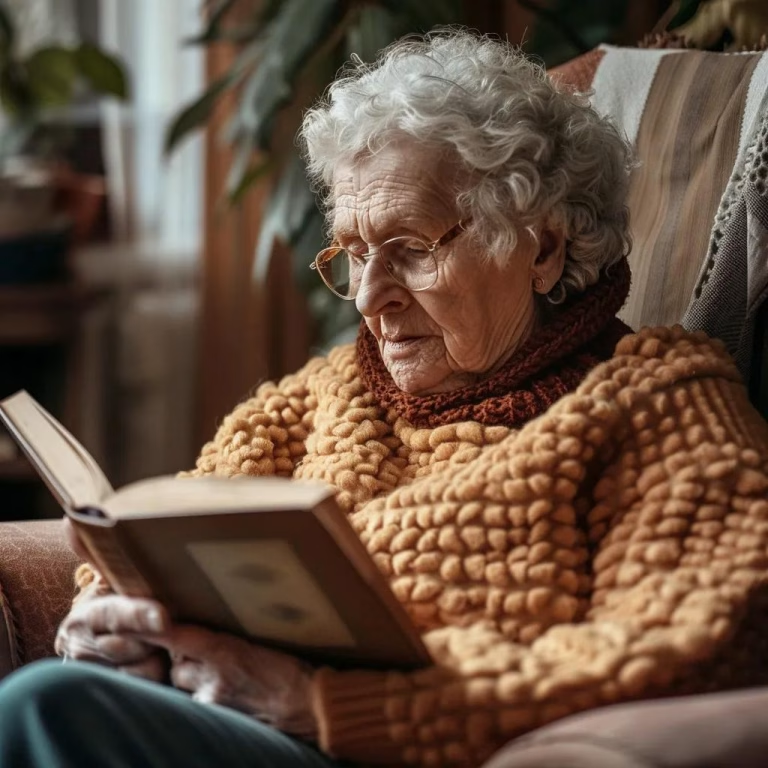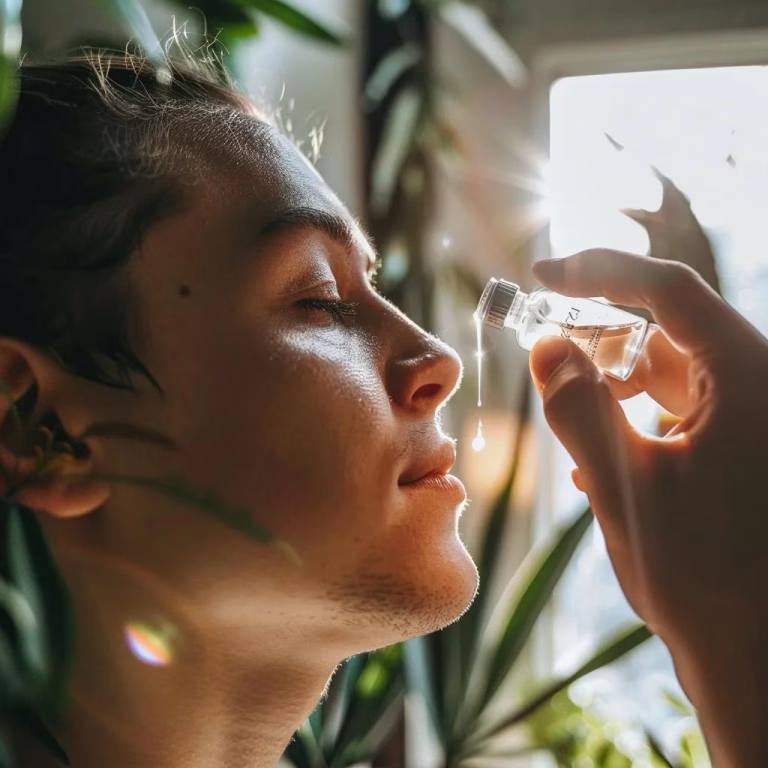Best Chronic Dry Eye Treatment Options: How to Diagnose, Manage, and Relieve Dry Eyes
Chronic Dry Eye Treatment demands a multifaceted approach to restore tear film balance, reduce inflammation, and relieve persistent ocular discomfort. This comprehensive guide explains how to identify symptoms, confirm a diagnosis, and explore the most effective prescription eye drops, in-office procedures, home remedies, and lifestyle strategies. You will learn:
- What symptoms and diagnostic tests define chronic dry eye
- Which prescription medications deliver anti-inflammatory and tear-boosting benefits
- How advanced office procedures unblock oil glands and preserve tears
- Which natural therapies, nutritional supplements, and habit changes support long-term relief
- How to prevent flare-ups and when to seek professional care
- What emerging treatments are reshaping the future of dry eye management
By following these evidence-based protocols here Dry Eye Treatment: Solutions at Advanced Eye Care Centeryou can improve comfort, protect your ocular surface, and reclaim clear vision.
Comprehensive Chronic Dry Eye Treatments: Diagnose, Manage & Relieve
Chronic dry eye manifests as tear film instability that damages the ocular surface, triggering discomfort and vision impairment. Recognizing its symptoms and performing targeted diagnostic tests enables timely intervention and prevents complications.
What Are the Key Symptoms of Chronic Dry Eye Disease?
Common symptoms reflect insufficient lubrication and inflammation on the eye’s surface.
| Symptom | Attribute | Impact |
|---|---|---|
| Dryness | Tear deficiency | Burning, scratchy sensation |
| Redness | Blood vessel dilation | Cosmetic irritation and discomfort |
| Blurry Vision | Tear film irregularity | Fluctuating clarity during tasks |
| Light Sensitivity | Ocular surface stress | Discomfort in bright environments |
| Tearing | Reflex tearing | Overproduction after dryness episodes |
These symptoms often occur simultaneously, guiding clinicians to perform specific tests for conclusive diagnosis.
How Is Chronic Dry Eye Diagnosed?
Eye care specialists confirm chronic dry eye through objective measurements of tear production and stability:
- Schirmer’s Test – Measures tear volume over five minutes using filter paper.
- Tear Break-Up Time (TBUT) – Assesses tear film stability by timing the first dry spot after a blink.
- Ocular Surface Staining – Uses fluorescein or lissamine green dye to reveal epithelial damage.
- Meibography – Visualizes meibomian gland structure via infrared imaging.
Each diagnostic procedure pinpoints deficiencies in tear quantity or quality, leading to tailored treatment pathways.
Diagnosis of Chronic Dry Eye
Diagnosing chronic dry eye involves objective measurements of tear production and stability, including the Schirmer’s test, Tear Break-Up Time (TBUT), ocular surface staining, and meibography. These tests help eye care specialists pinpoint deficiencies in tear quantity or quality, leading to tailored treatment pathways.
Bron, A. J., et al., TFOS DEWS II Diagnostic Methodology Report (2017)
This research provides the basis for the diagnostic methods described in the article.
Which Underlying Causes Lead to Chronic Dry Eye?
- Meibomian Gland Dysfunction (MGD) – Reduced oil secretion causes rapid tear evaporation.
- Aqueous Tear Deficiency – Lacrimal gland insufficiency from aging or autoimmune disorders.
- Hormonal Changes – Menopause, pregnancy, and androgen decline affect gland function.
- Medications – Antihistamines, antidepressants, and diuretics can decrease tear production.
- Environmental Exposures – Low humidity, wind, smoke, and prolonged screen use accelerate evaporation.
Understanding these root causes allows targeted correction and lasting relief.
What Are the Best Prescription Eye Drops for Chronic Dry Eyes?
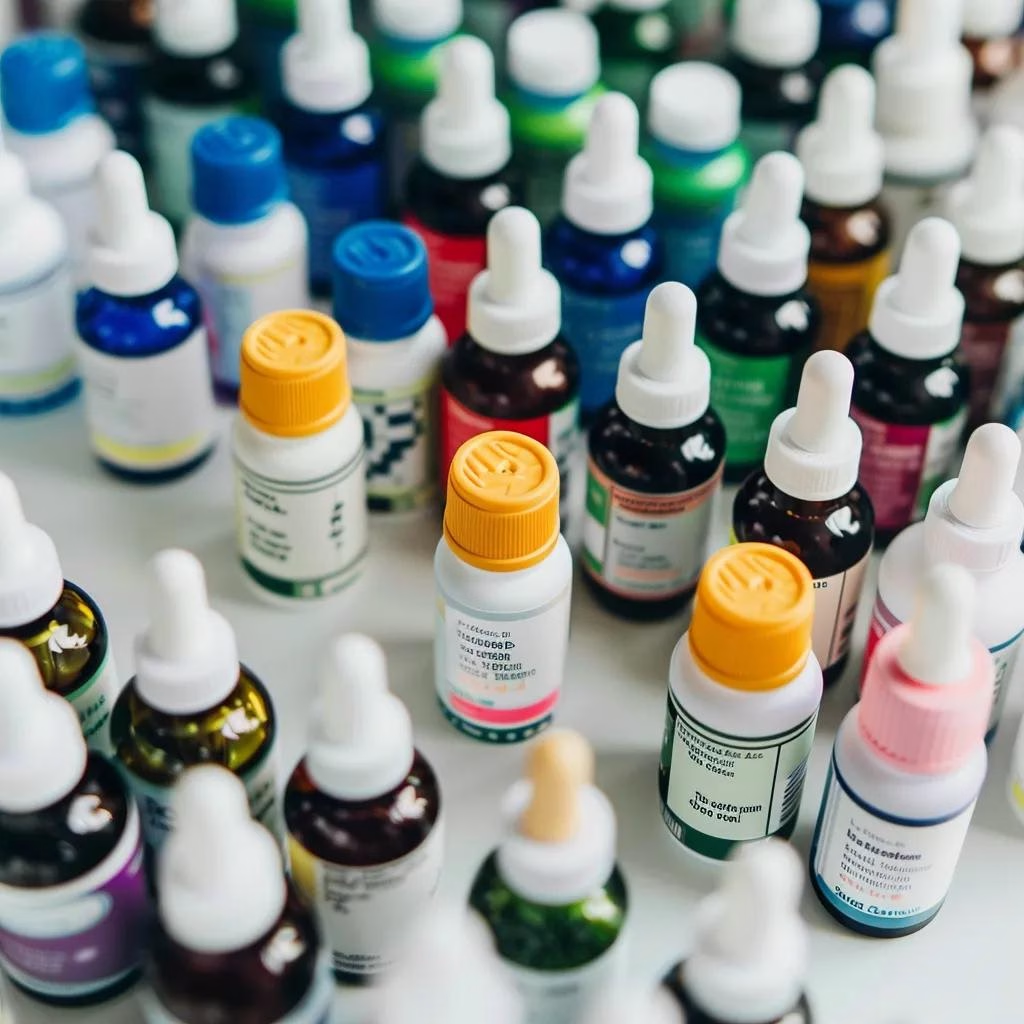
Prescription eye drops employ immunomodulatory and anti-inflammatory mechanisms to improve tear production and ocular surface health. These medications enhance comfort and protect against progressive damage.
How Do Eye Drops (Restasis, Cequa, VEVYE) Treat Chronic Dry Eye?
Eye drops reduce inflammation in the lacrimal glands and conjunctiva, leading to increased natural tear secretion and symptom relief. They interrupt T-cell–mediated pathways that perpetuate ocular surface damage.
What Are the Benefits of Lifitegrast (Xiidra) for Dry Eye Relief?
Lifitegrast antagonizes the LFA-1/ICAM-1 interaction to block inflammatory cell recruitment. This targeted approach supports tear film stability and diminishes ocular irritation in as little as two weeks.
How Do Newer Medications Like Miebo and Eysuvis Work?
Perfluorohexyloctane (Miebo) forms a lipid-like layer over the tear film, preventing evaporation without preservatives. Loteprednol etabonate ophthalmic suspension (Eysuvis) delivers potent anti-inflammatory steroid activity with minimal IOP elevation risk.
When Is Varenicline (Tyrvaya) Nasal Spray Recommended?
Tyrvaya stimulates trigeminal parasympathetic pathways via intranasal delivery of varenicline, promoting endogenous tear production. This option suits patients unresponsive to topical therapies.
Comparative Overview of Prescription Eye Drops
| Medication | Mechanism | Benefit |
|---|---|---|
| Restasis, Cequa, VEVYE | Cyclosporine anti-inflammatory | Increases tear production over months |
| Xiidra | Lifitegrast LFA-1 antagonist | Reduces T-cell recruitment in conjunctiva |
| Miebo | Perfluorohexyloctane lipid layer | Prevents tear evaporation immediately |
| Eysuvis | Loteprednol steroidal anti-inflammatory | Rapid symptom relief with low steroid risk |
| Tyrvaya | Varenicline nasal parasympathomimetic | Stimulates natural tear secretion |
Prescription Eye Drops for Dry Eye
Prescription eye drops, such as cyclosporine (Restasis, Cequa, VEVYE) and lifitegrast (Xiidra), employ immunomodulatory and anti-inflammatory mechanisms to improve tear production and ocular surface health. These medications enhance comfort and protect against progressive damage by targeting specific inflammatory pathways.
Stapleton, F., et al., TFOS DEWS II Management and Therapy Report (2017)
This research supports the use of prescription eye drops for the treatment of chronic dry eye.
Which In-Office Procedures Effectively Treat Chronic Dry Eye?
Advanced procedures target meibomian gland dysfunction and tear drainage pathways to enhance tear film retention and reduce ocular surface stress.
How Do Punctal Plugs Help Prevent Tear Evaporation?
Punctal plugs occlude the tear drainage ducts, retaining tears on the ocular surface longer and improving lubrication. This minimally invasive procedure supports existing tear volume without systemic medication.
What Is Intense Pulsed Light (IPL) Therapy and Its Role in Treating Meibomian Gland Dysfunction?
IPL delivers broad-spectrum light pulses to melt hardened oils, reduce eyelid inflammation, and stimulate meibomian gland activity. This non-invasive approach promotes healthier oil secretion and stabilizes the tear film.
How Does Thermal Pulsation Improve Meibomian Gland Function?
Thermal pulsation applies controlled heat and gentle pressure to the eyelids, liquefying obstructed meibum and expressing gland contents. Patients experience sustained improvement in oil layer thickness and tear evaporation rates.
What Are Autologous Serum Eye Drops and Scleral Lenses?
Autologous serum drops use patient-derived growth factors to accelerate epithelial healing and reduce inflammation. Scleral lenses vault over the cornea, maintaining a fluid reservoir that provides continuous lubrication and optical correction.
Comparison of Advanced In-Office Procedures
| Procedure | Attribute | Value |
|---|---|---|
| Punctal Plugs | Tear retention | Extends tear film residence by up to 50% |
| IPL Therapy | Inflammation control | Reduces meibomian gland dropout and redness |
| Thermal Pulsation | Oil expression | Improves meibum quality and gland patency |
| Autologous Serum Drops | Healing factors | Delivers EGF and cytokines for surface repair |
| Scleral Lenses | Fluid reservoir | Maintains continuous hydration and vision clarity |
By integrating these procedures, practitioners can address both evaporative and aqueous deficiencies for comprehensive tear film support.
What Home Remedies and Natural Treatments Provide Relief for Dry Eyes?

At-home therapies complement medical treatments by improving tear quality, reducing inflammation, and supporting ocular surface health.
How Do Over-the-Counter Artificial Tears Compare for Dry Eye Relief?
Artificial tears vary in viscosity, preservatives, and lipid content.
- Preservative-Free Lubricants support frequent application without epithelial toxicity.
- Lipid-Enhanced Drops bolster the oil layer to prevent evaporation.
- Gel-Forming Formulations provide extended relief during sleep.
Preservative-free options offer safety for daily use, while lipid-enhanced and gel drops suit more severe evaporative cases.
Why Are Warm Compresses and Eyelid Hygiene Important for Meibomian Gland Health?
Applying a warm compress for 5–10 minutes softens meibum, enabling better gland expression. Gentle eyelid scrubs remove debris and reduce bacterial biofilm, supporting oil secretion and tear stability.
How Can Omega-3 Fatty Acids Reduce Inflammation and Improve Tear Quality?
Omega-3 supplements and dietary sources (e.g., salmon, flaxseed) modulate inflammatory pathways and enhance meibum composition. Regular intake promotes tear film integrity and reduces ocular surface redness.
What Lifestyle Changes Help Relieve Dry Eyes at Home?
- Limit Screen Time: Take 20-second breaks every 20 minutes to blink fully.
- Humidify Indoor Air: Maintain 40–60% humidity to slow evaporation.
- Stay Hydrated: Drink adequate fluids to support tear production.
- Wear Protective Eyewear: Shield eyes from wind and dust.
Home Remedies and Lifestyle Changes
Home remedies and lifestyle changes, such as using over-the-counter artificial tears, warm compresses, and omega-3 fatty acid supplements, complement medical treatments by improving tear quality, reducing inflammation, and supporting ocular surface health. These methods help manage symptoms and support overall ocular comfort.
Craig, J. P., et al., TFOS DEWS II Management and Therapy Report (2017)
This research supports the use of home remedies and lifestyle changes for the treatment of chronic dry eye.
How Can Patients Effectively Manage and Prevent Chronic Dry Eye Flares?
Long-term success hinges on combining medical therapies with proactive lifestyle habits and recognizing early warning signs.
What Are the Best Strategies for Long-Term Dry Eye Management?
- Adhere to prescribed eye drops and in-office procedure schedules.
- Incorporate nightly warm compresses and eyelid massages.
- Maintain dietary omega-3 intake and proper hydration.
- Use humidifiers and protective eyewear in challenging environments.
Consistent application of these measures sustains tear film balance and reduces flare frequency.
How Can Patients Prevent Dry Eye Flares and Complications?
Identify and avoid personal triggers—such as allergens, prolonged screen use, or certain medications—and adjust treatments accordingly. Routine follow-up exams enable timely modifications to your care plan.
When Should You See an Eye Doctor for Chronic Dry Eye?
Seek professional evaluation if you experience:
- Persistent redness or pain lasting more than two weeks
- Blurry vision that interferes with daily tasks
- Increased sensitivity to light or foreign body sensation
- Any sign of corneal ulceration or infection
Early intervention prevents progressive damage and preserves visual quality.
What Are the Causes and Risk Factors Behind Chronic Dry Eye?
Understanding etiologies and predispositions guides targeted prevention and management.
How Does Meibomian Gland Dysfunction Cause Evaporative Dry Eye?
Meibomian gland obstruction reduces lipid secretion into the tear film’s oil layer, accelerating tear evaporation and destabilizing lubrication. This evaporative mechanism underlies most chronic cases.
What Role Do Aging, Hormonal Changes, and Medications Play?
Advancing age diminishes lacrimal gland output. Hormonal shifts—especially in menopause—impair oil gland function. Systemic medications like antihistamines and diuretics further reduce tear production.
How Do Environmental Factors and Screen Time Increase Dry Eye Risk?
Low humidity, wind exposure, and indoor heating strip moisture from the ocular surface. Extended screen use decreases blink rate by up to 60%, leading to faster tear film breakup.
What Autoimmune Diseases Are Associated with Chronic Dry Eye?
Conditions such as Sjögren’s syndrome, rheumatoid arthritis, and lupus attack tear-producing glands, causing severe aqueous deficiency and ocular surface damage.
What Are the Latest Advances and Emerging Treatments for Chronic Dry Eye?
The treatment landscape continues to evolve with novel entities and innovative delivery methods that enhance efficacy and patient adherence.
What Are the New FDA-Approved Medications for Dry Eye?
- Miebo (Perfluorohexyloctane) – Creates a lipid-like surface layer preventing evaporation.
- VEVYE (Cyclosporine 0.09%) – High-concentration cyclosporine for faster onset.
- Tyrvaya (Varenicline Nasal Spray) – Neurostimulation of tear glands via intranasal route.
How Do Emerging Therapies Compare to Traditional Treatments?
Emerging agents target multiple tear film components simultaneously—unlike single-mechanism drops. Novel formulations often offer fewer side effects and more rapid symptom relief.
What Are Patient Success Stories with Advanced Dry Eye Treatments?
Patients undergoing combined IPL and thermal pulsation report up to 70% reduction in symptoms within three months. Those switched to Miebo after cyclosporine intolerance experience sustained tear film stability and comfort.
By integrating established protocols with cutting-edge options, individuals achieve lasting ocular surface health and quality of life.
Overcoming chronic dry eye requires a tailored blend of accurate diagnosis, potent prescription therapies, office-based procedures, and consistent home care. By addressing underlying causes and adopting preventive habits, you can enhance tear film integrity and minimize flare-ups. Advancements in pharmacology and technology continue to refine treatment strategies, offering renewed hope for clear, comfortable vision. Commit to an evidence-driven plan, partner closely with your eye care professional, and embrace the latest innovations to reclaim lasting relief from dry eye disease.

